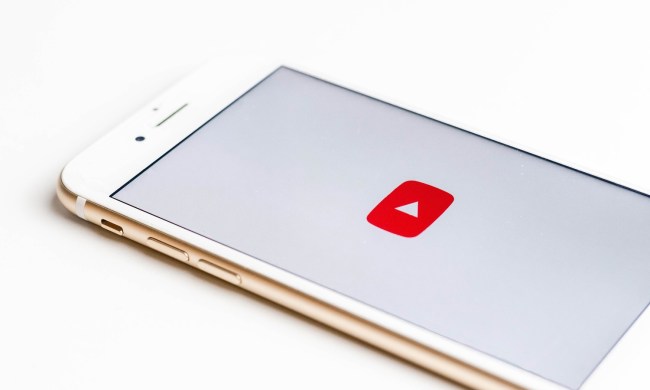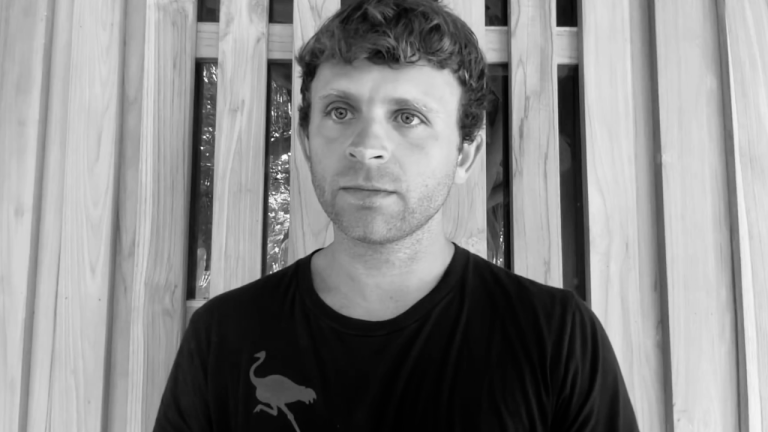Watch the YouTube video that launched the site exactly 20 years ago
It lacks the high production values present in so many of today’s YouTube videos, but then Jawed Karim wasn’t aiming for anything slick. It was merely a little something to launch his new video streaming site. Filmed at San...

Me at the zoo
It lacks the high production values present in so many of today’s YouTube videos, but then Jawed Karim wasn’t aiming for anything slick. It was merely a little something to launch his new video streaming site.
Filmed at San Diego Zoo by a friend and posted on April 23, 2005, Karim says straight to camera: “All right, so here we are in front of the elephants. The cool thing about these guys is that they have really, really, really long trunks, and that’s cool, and that’s pretty much all there is to say.”
The clip, titled Me at the Zoo, lasts a mere 17 seconds and has been viewed more than 350 million times. Not bad for an elephant video.
Within 18 months, Google had seen the potential of the fast-growing site and acquired the platform for $1.65 billion. The deal has since proven to be highly valuable as YouTube now generates more than $35 billion annually in ad revenue alone.
On that April day 20 years ago, a mere 17 seconds of video was uploaded to YouTube. These days, up to 500 hours of video are uploaded to the site every single minute, which amounts to an astonishing 82 years of content added daily.
The most-viewed video on the platform is currently Baby Shark Dance. The children’s song video was uploaded to YouTube eight years ago and has since amassed more than 13.5 billion views. The platform is also filled with content made by talented creators who are able to make a living out of their efforts. And there are still lots of cat videos on it, too.
Despite having 5.34 million subscribers, Karim, who founded YouTube along with Chad Hurley and Steve Chen, has never uploaded another video to his channel. He has, however, occasionally changed the text in the description, his most recent update, made in the last few months, saying, “Microplastics are accumulating in human brains at an alarming rate,” along with a link to a video on the subject.
Karim keeps a pretty low profile these days, but remains active as a software engineer, investor, and mentor in the tech industry. He may even visit San Diego Zoo occasionally to marvel at where it all started.
Not so many moons ago, Trevor moved from one tea-loving island nation that drives on the left (Britain) to another (Japan)…
The YouTube mobile app is getting a small redesign. Here’s what’s changing
How do you feel about the YouTube app on iOS and Android? Most of us use the app and don't think twice about it, but YouTube announced a lot of changes in October. Some of these planned updates have begun to roll out, and they're worth paying attention to — especially because one of them is difficult to notice. The updated bottom bar is a subtle change, but it adds a bit of flair.
The updated bottom bar is part of a server-side update, which means you don't have to download a new version of YouTube to see it. However, you should ensure you're using the latest version of the YouTube app. For Android, that's 19.47, and it's 19.49 for iOS. The update hasn't reached all devices yet — I still don't see it on my own phone — but it should be applied by the end of the day.
Get ready for AI-dubbed YouTube videos
YouTube has reportedly started rolling out a new AI-empowered translation feature for its content creators, one that will automatically redub a video's contents into one of nine languages without changing the speaker's voice.
According to a post from X user @levelsio, "YouTube will now auto dub videos in English, Spanish, Portuguese, German, French, Italian, Hindi, Indonesian and Japanese" and "will use AI to take the original voice but change the language."
YouTube’s new AI music remixer could let you swap genres
Musicians could soon be able to remix the songs that they upload to YouTube thanks to an experimental AI tool currently rolling out to select content creators.
The new tool is built atop YouTube's Dream Track, which was released last year and enables users to compose songs based on text prompts and by using prerecorded vocals. Charli XCX, Demi Lovato, John Legend, Sia, T-Pain, and Charlie Puth have all signed on for the use of their vocal likenesses.

 MikeTyes
MikeTyes 














/cdn.vox-cdn.com/uploads/chorus_asset/file/25824833/STKB309_WATCH_DUTY_B.jpg)



















